By Patrick van Zwanenberg, Erik Millstone & Alice Livingston Ortolani
Published in Environmental Sciences Europe volume 37, Article number: 138 (2025)
Download: https://enveurope.springeropen.com/articles/10.1186/s12302-025-01176-9
Abstract:
This paper asks whether, when assessing the safety of regulated products, the standards of scrutiny and evaluation deployed by regulatory officials and scientific advisors differ for evidence indicating that a product might be harmful compared to evidence indicating an absence of harm. Four cases from the field of food chemical regulation are analysed for which safety appraisals were conducted by European and US regulatory institutions between the late 1980s and the 2010s. The cases concern selected areas of the possible toxicity of ethylene bisdithiocarbamate fungicides, a genetically modified variety of Bt maize, the artificial sweetener Aspartame, and the herbicide Glyphosate. We find that evidence that those products were unlikely to be harmful was routinely accepted by regulatory bodies as reliable, relevant, and sufficient to support judgements of safety, even when that evidence was incomplete, equivocal or the underlying studies were inadequate or flawed or both. By contrast, evidence indicating possible or actual hazards and risks was subjected to far more critical scrutiny to try to discern any possible grounds for discounting it, including reasons that were deemed not to be a problem when they characterised evidence indicative of a lack of harm, or when those reasons were entirely speculative or were contradicted by available evidence. We identify and characterise several different types of evaluative asymmetry and argue that all are antithetical to the effective protection of public and environmental health. Several also violate indispensable scientific requirements for making valid inferences and reaching well-founded conclusions; that is, they are scientifically defective. Their deployment misleads many policy decision makers and most of the public. Their effect is to conceal the scope for diminishing possible harm. We outline hypotheses as to why asymmetric patterns of scrutiny and evaluation appear to be a relatively widespread phenomena across different regulatory jurisdictions and time periods.
